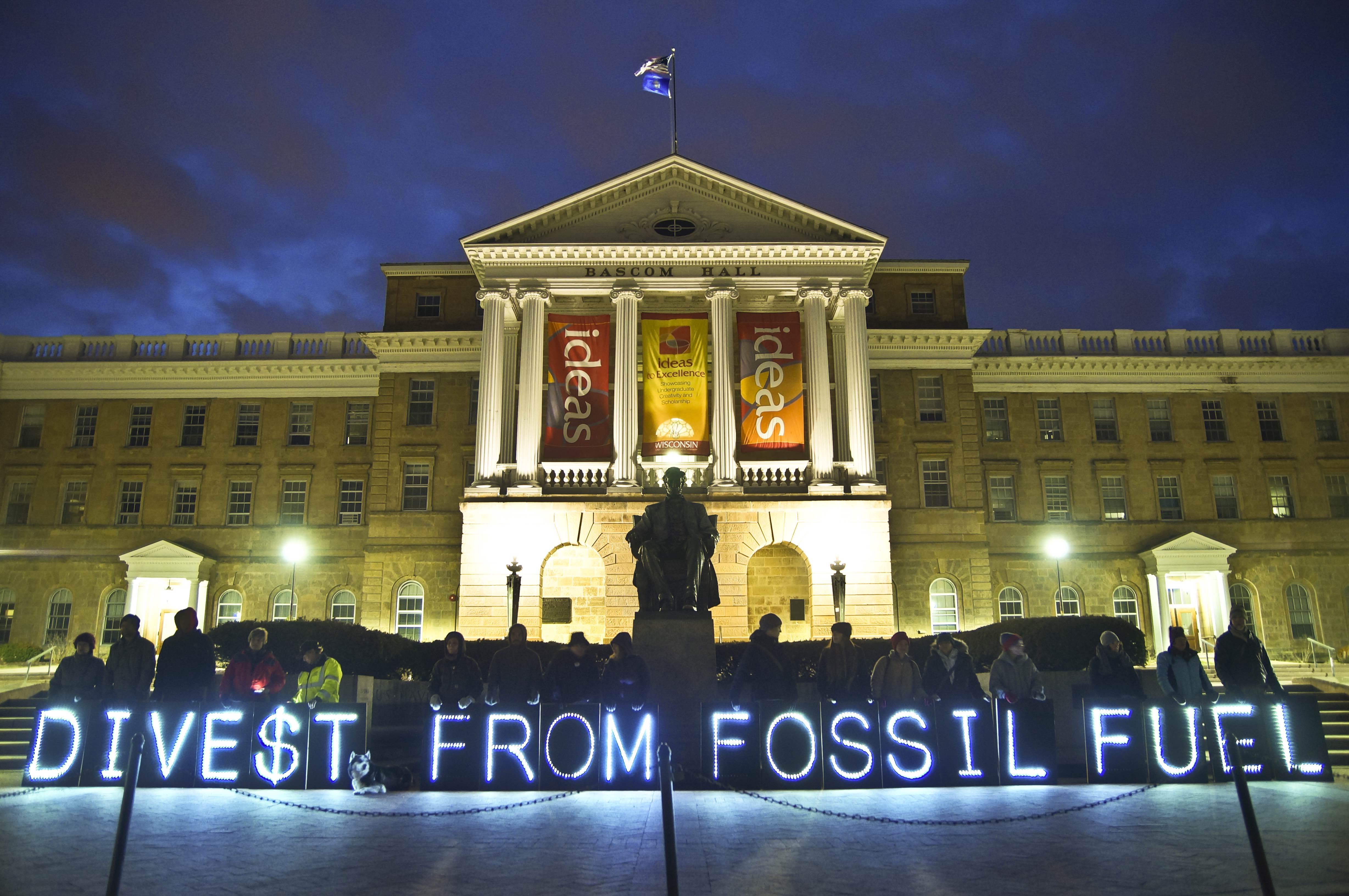Within the next few decades, rising sea levels will displace millions of people. Extreme weather events, including increased flooding and drought, will kill millions; already, climate change causes more than 400,000 deaths per year. Government policies and social change are necessary to limit the worst effects of climate change.
However, especially given the anti-climate policies of the Trump administration, individuals and private institutions must also do their part. Private universities, as institutions with significant social, economic, and political influence, are no exception. Northeastern University has pledged to reduce its emissions by 80% from a 2005 baseline level of approximately 70,000 tons of carbon dioxide equivalent (tCO2e) by 2050. Moreover, President Joseph Aoun has stated that he wants to factor sustainability into Northeastern’s “decisions and plans for new services, building designs, and product changes.”
While Northeastern’s emissions reduction goal is commendable, there are two major issues. First, the goal is not nearly as lofty as it seems: the City of Boston has committed to becoming fully carbon-neutral by 2050—the same deadline as Northeastern’s 80% emissions reductions goal. Furthermore, Boston University and New York University—along with numerous other colleges and universities—have set respective goals of net zero operational emissions and climate neutrality by 2040. Second, Northeastern does not seem to have a concrete plan for factoring sustainability into decision-making. Luckily, there is a way to address both of these concerns: an internal carbon price.
Participants in a pollutant-emitting economic interaction do not pay for the externalities of that interaction. When someone purchases a gallon of gas, they pay only for the gas, not for the effects that gasoline combustion has on our planet. Those costs are borne by society—especially low-income and frontline communities—in the form of climate change. A carbon price ensures that the cost of climate change is paid by those directly contributing to fossil fuel combustion.
Generally, carbon prices are governmental policies; an internal carbon price differs in that it is administered by an institution in order to achieve an organizational goal. Carbon prices can take the form of a cap or a fee. In a cap system, a government sets a fixed amount of allowable carbon emissions for a given time period. Pollution permits summing to the total cap are distributed to firms, either directly or via auction.
In a cap-and-trade scheme, firms can trade the permits among themselves. Firms can buy additional permits if they wish to emit more than their original allotment or sell permits if they emit less. It is worth noting that not all carbon cap schemes involve a trading component: the Regional Greenhouse Gas Initiative (RGGI), a 10-state cooperative effort and the first program of its kind in the US, is a good example of a scheme without trading.
The other broad category of governmental carbon prices is a carbon fee. The government sets a per-unit price for carbon dioxide emissions, which is paid when a greenhouse-gas-emitting substance is first brought into the state. The importer, not the end-use consumer, is responsible for paying the price, though the end-use consumer still sees higher prices. Globally, carbon prices vary significantly—from $1 to $140 per tCO2e.
Lower- and working-class people spend higher proportions of their income on fossil fuels, and are thus more affected by a flat carbon price. So, carbon prices (without specific equity measures) are regressive. However, there are ways to make carbon pricing equitable or progressive. For example, many carbon prices redistribute all of the revenue back to consumers (i.e., they are revenue-neutral). To be more progressive, a carbon price might disproportionately reimburse lower-income families. Proposed Massachusetts bills H. 2810 and S. 1924 both suggest dividends that would result in lower-income families receiving larger dividends as a result of a carbon price, while wealthy families (who tend to consume more fossil fuels) would bear more of the financial burden of emissions reduction. Recent Canadian legislation took a similar approach, giving every family a rebate with their tax return.
The above policies refer to prices set by governments. However, private institutions that care about addressing climate change (and preserving their economic stability) need not wait for their jurisdiction to implement a satisfactory carbon price. These institutions can implement an internal carbon price to lower their emissions, reduce their risk of climate-change-induced economic fluctuations, and show their innovation. In fact, institutions as diverse as BP plc, Microsoft, and Yale University have implemented internal carbon prices.
Reasons for implementation vary, as do the forms of carbon price chosen. For example, BP was interested in pushing the public policy discussion away from carbon fee systems, and chose to implement an internal emissions trading system between its various operating units. This system was effective in reducing emissions commensurate with BP’s goals. Microsoft wanted to reduce emissions across its departments, and did so by creating a central fund with revenue from a small carbon fee administered across the company. This central fund can be used for energy efficiency or other emissions abatement projects.
More relevant for Northeastern, several institutions of higher education have developed carbon prices within the past few years. During the 2015–16 academic year, Yale University implemented a trial internal carbon pricing program. Using buildings as units, they tested three different carbon pricing mechanisms and compared them with a control group which received greater information about their emissions but was not subjected to a carbon price. All three mechanisms reduced emissions more than the control group.
Ultimately, Yale moved forward with a revenue-neutral approach in which carbon fee revenue collected from operating units is distributed back to those units. An individual unit may gain or lose money during the fee period, but the units collectively break even. This can be contrasted with a revenue-positive approach (e.g., the Microsoft carbon charge), where the central authority retains some of the revenue. While thorough—and thus a good test case for larger-scale governmental carbon prices—the Yale system requires extensive metering capacity and administrative effort.
Most universities don’t have the capacity to implement a system this complex. However, there are a myriad of other ways that carbon prices can be effectively implemented at the university level. A good example is the Swarthmore carbon charge, in which a fee is charged to all departments relative to their operating budget. The revenue from this fee flows into the Swarthmore Carbon Charge Fund, which is used for energy saving projects, emissions reduction, outreach, and education. Swarthmore also uses a “shadow carbon price” on capital investments. When planning, for example, a new dorm building, the College takes the expected life-cycle emissions of the project into account. This allows for lower long-term emissions.
Northeastern monitors university-wide emissions and produces an annual report on its emissions status. In addition, Northeastern meters the electricity consumption of every building on campus. The University employs a hybrid budgeting model, meaning that each “responsibility center” (essentially, all colleges plus GEO, ResLife, etc.) operates their own budget but pays several different types of central costs. These central costs include allocated (library costs, research infrastructure, etc.) costs, the cost of space, and Lifelong Learning Network costs (which fund Northeastern’s numerous satellite campuses). This budget infrastructure means that Northeastern is well-equipped to implement a carbon fee across the university.
To meet President Aoun’s goal of factoring sustainability into university decision-making, Northeastner’s Senior Leadership Team should implement an internal carbon price system. Northeastern can take advantage of its existing budget structure and more than a decade of university-wide emissions calculations to levy a flat-fee carbon price to all colleges and departments. Each responsibility center would pay a certain percentage of their operating budget in order to generate a carbon fund. This fund could be used for academic building retrofits, renewable energy generation, and other emissions abatement projects. Additionally, Northeastern should use a shadow carbon price when assessing any capital infrastructure projects, such as new academic or dorm buildings. This shadow price would enable Northeastern to meet and exceed long-term sustainability goals.
Northeastern’s climate objectives are not as ambitious as they could be—the City of Boston and other higher education institutions have stronger goals. A flat fee system will allow Northeastern to achieve significant emissions reductions in their operations, while shadow pricing will help lower the lifetime emissions of future construction projects. If Northeastern wants to be the climate leader they claim to be, these internal emissions practices are a necessary first step.



